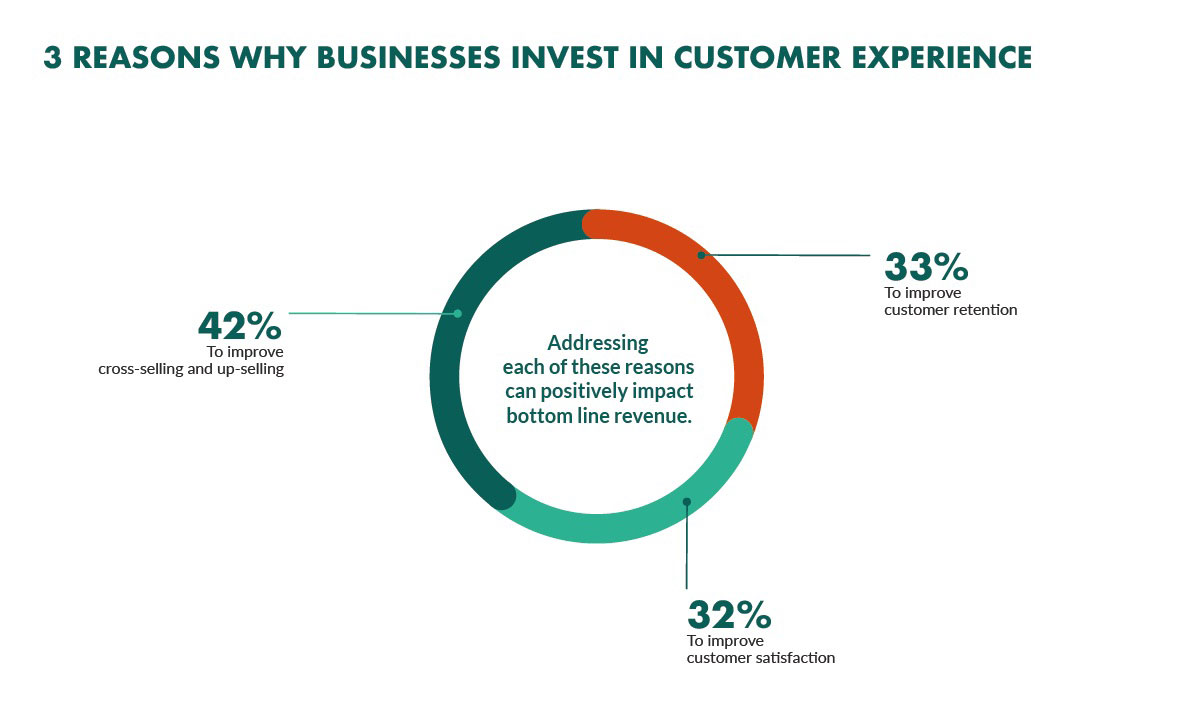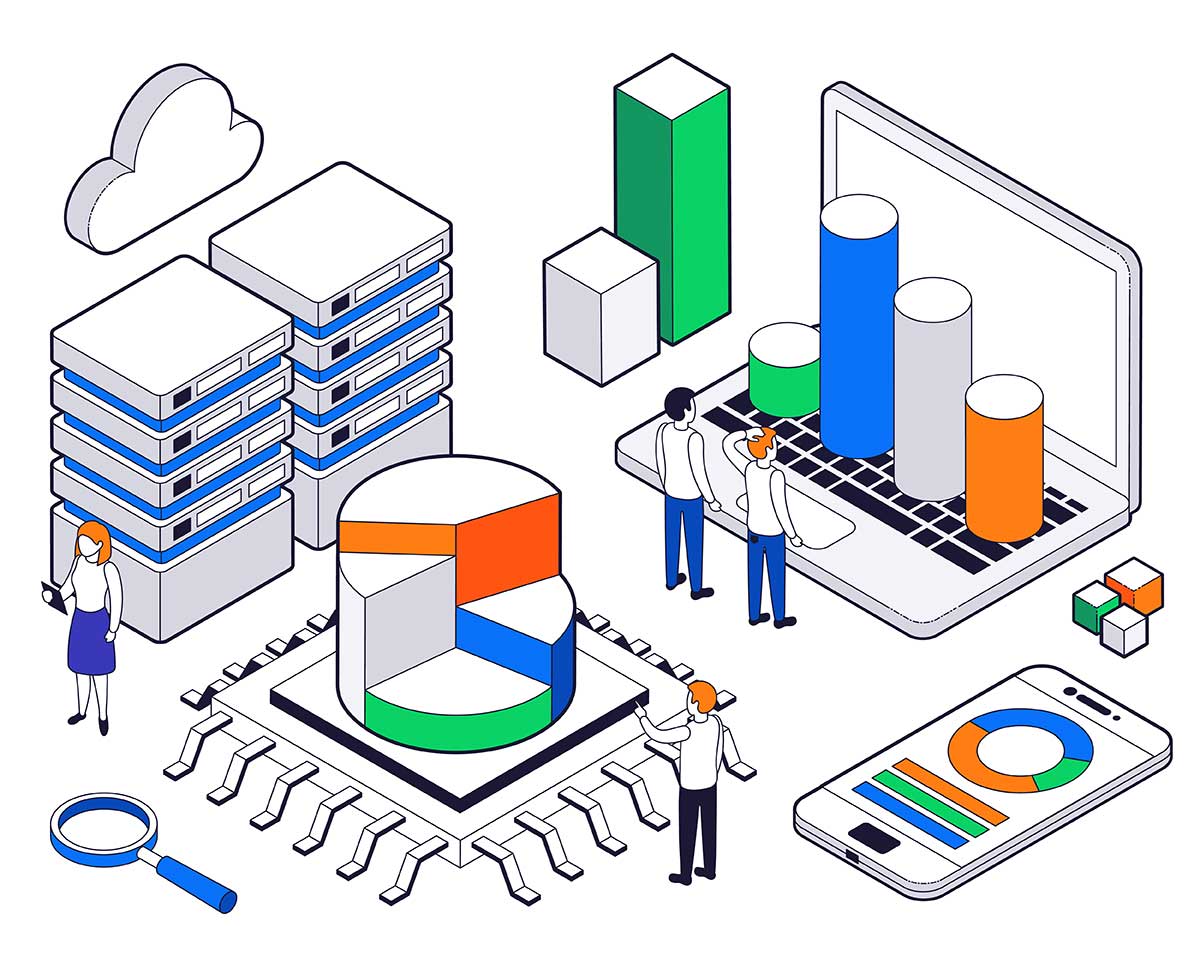RPA in Marketing: What You Must Know
Originally published: February 14, 2023 11:34:05 PM, updated: February 15, 2023 12:18:02 AM

As technology evolves, it creates new, exciting opportunities for marketers to develop a brand and connect with customers. Automation has been a buzzword in the marketing world recently — particularly RPA.
Here's what you need to know about RPA, how to use it in marketing, and everything else you should know.
What is RPA?
RPA stands for Robotic Process Automation. RPA is a newer technology that allows organizations and businesses to automate routine and repetitive tasks that humans usually complete.
RPA uses software robots to perform tasks such as data entry, data processing, and customer service activities, freeing up human workers to focus on more strategic, creative, and higher value-adding work. The goal is to make processes more efficient, faster, and cost-effective.
Benefits of RPA for Marketers
RPA can offer several benefits for marketers in organizations of all sizes. However, it's important to remember that while these tools are beneficial, they can't replace human intelligence and creativity. Instead, these tools enhance a marketer's experience and skills.
Some key benefits of RPA for marketers include:
1. Improved Productivity
RPA can help marketers save time and effort by automating repetitive and time-consuming tasks, allowing them to focus on more strategic initiatives.
For example, RPA can be implemented in project workflows to send automatic notifications when a task is complete. This feature can eliminate project downtime or delays caused by waiting for someone to manually check the project management tool.
RPA can also simplify repetitive tasks. For example, if an eCommerce company has two separate CMS for Canadian and US customers, RPA could automatically copy new product data from one CMS to the other.

While not marketing-specific, Vale — one of the world's largest mining companies — was able to implement automation to improve productivity and minimize turnover across the company. To keep employees engaged, the goal was to minimize repetitive, "boring" administrative tasks.
Vale highlighted an issue many companies face: uncalculated loss of human capital when subject matter experts focus on administrative tasks rather than their specialty.
RPA contributed to cost savings of over $12 Million, including the avoidance of $2 Million in penalties caused by inefficiencies in the workflow.
2. Better Customer Experience
When people consider what marketers do, they typically focus on advertising, creative work, and supporting sales. However, marketers also play an integral role in creating a good digital customer experience.

A digital customer experience refers to the interaction and engagement between a customer and a brand through digital channels, such as websites, mobile applications, social media, chatbots, and more.
The goal of a digital customer experience is to provide a seamless and personalized interaction that meets the needs and expectations of the customer with features like personalization, real-time communication, easy navigation, and a clear and simple checkout process with minimal friction.
By automating routine tasks, RPA can help improve customer experience by reducing response time and increasing accuracy. For example, RPA can automate order processing, account management, and customer inquiries. This improves customer wait times, leading to higher levels of customer satisfaction.
RPA can also reduce human error and streamline customer service processes. The fewer errors and less friction in the customer journey, the happier customers will be.
KLM Royal Dutch Airlines is a perfect example of how marketers can use RPA to improve the customer experience. KLM implemented RPA to automate their customer service processes, including responding to customer inquiries on social media and handling flight bookings. The result was an improvement in response times and happier customers.
3. Enhanced Data Management
RPA can help automate data management tasks, such as data entry, analysis, and reporting. This can help to ensure that customer data is accurate, up-to-date, and easily accessible, leading to a better customer experience.
This aspect of RPA in marketing contributes to the overarching need for personalization. Personalization is the customization of marketing campaigns, messages, and experiences for individual customers, based on their preferences, behavior, and past interactions with a brand.
The trend of personalization in marketing has been growing in recent years due to the increasing availability of customer data, advanced technology, and the changing expectations of consumers. Personalization can increase customer engagement, improve targeting, and ultimately increase conversions.

RPA can help marketers collect, store, and analyze large amounts of customer data, such as demographic information, browsing behavior, and purchase history. It can also transform large quantities of big data into relevant, digestible information for campaigns.
Deloitte conducted a personalization campaign for a large pharmaceutical company, analyzing over five years of data over 10 weeks (likely using automation to guide the process). The campaign reduced opt-outs by 50% while dramatically extending the company's reach.
Challenges and Limitations of RPA
While RPA holds a lot of promise for the future of marketing, it's not without flaws. Let's explore some of the common challenges and limitations of RPA in marketing and how they can be addressed.
1. Integration and Implementation
Integrating RPA with existing marketing technology systems can be challenging, as it requires a deep understanding of the technology stack, data management processes, and system integrations. This significant change could have substantial upfront costs and cause disruption.
To address this challenge, organizations can partner with RPA vendors with experience integrating marketing technology systems. Similarly, ensuring buy-in from key stakeholders and engaging a cross-functional team can also help with integration and implementation.
It's also worth noting that RPA should be a contributing factor when considering new technologies and tools for the future.
2. Data Quality and Governance
Ensuring the quality and accuracy of data used in RPA systems is crucial, as any errors in data can lead to incorrect decisions and results. To address this challenge, organizations can implement robust data governance processes, such as data validation and reconciliation, to ensure the quality of data used in RPA systems.
While RPA is a powerful tool designed to replace repetitive administrative tasks, the initial work when processing data can often be hands-on.
Data validation is an important part of the marketing process that helps to ensure that customer data used in marketing efforts is accurate, complete, and reliable.
For example, when capturing data for an email campaign, it's best to ensure the phone numbers are in the right format, things like @ symbols are included in emails, email lists are validated to reduce spam, etc. A significant number of spam followers on social media or faulty accounts in the email marketing system can skew demographics, open rates, and other important KPIs.
3. Lack of Innovation
RPA is an innovative technology. However, it lacks innovation when collecting information, processing data, and automating tasks. RPA is designed to follow strict rules with limited flexibility or contextual understanding. It can struggle with complex tasks that require human decision-making and judgment.

RPA also lacks creativity and ingenuity. While automation replaces a lot of work, marketers don't have to worry about it completely erasing their jobs.
To address this challenge, organizations can use a combination of RPA and human decision-making and provide training to RPA systems to handle complex tasks. Similarly, implementing RPA can free up time and resources for human marketers to focus on tasks that require creativity and innovation.
Considerations for Implementing RPA
Implementing RPA can be a robust, disruptive process. Here are some practical thoughts to keep in mind when considering RPA for your marketing and overall business efforts.
1. Identify Use Cases
You should identify specific use cases for RPA, such as automating routine and repetitive tasks, to ensure that RPA is being used to its full potential.
Researching case studies like those listed above and working with RPA implementation specialists can help with this process.
2. Clarify Goals
Before delving into the world of RPA, set clear goals and intentions for your marketing team. Validate the idea by reviewing your analytics and looking for improvement opportunities.

These goals should be based on the use cases discovered in the previous stage.
3. Start Small
To reduce the risk and cost of implementing RPA, start with small, manageable projects with a clear return on investment (ROI). This allows your business to build momentum and experience with RPA before expanding to more complex projects.
For example, converting to an RPA-integrated email marketing system before making changes to order processing, customer service, and social campaigns.
4. Involve Stakeholders
Once you have tangible metrics, involve stakeholders, such as business leaders, process owners, and end-users, in the RPA implementation process. This ensures that the needs and requirements of all areas of your business are being met.
This consideration is especially important for leaders who are removed from daily operations. If your business runs well without your involvement, having feedback and input from leaders on the ground floor will help make this project successful.
5. Ensure Compliance with Regulations
Take the time to research any limitations and restrictions around automation — especially if you're in a heavily-regulated industry. Adhering to privacy laws is also paramount for success.
Final Thoughts
Implementing RPA requires careful planning, stakeholder involvement, and a focus on process efficiency and data governance. By considering these tips, you can successfully implement RPA in your marketing efforts, leading to improved process efficiency, increased productivity, and competitive advantage.
Join over 130,000 SEO and Google Ads experts. We provide a community to help you engage and learn from industry experts and influencers. Join Now
What if your entire business could run itself — and your work hours got shorter?